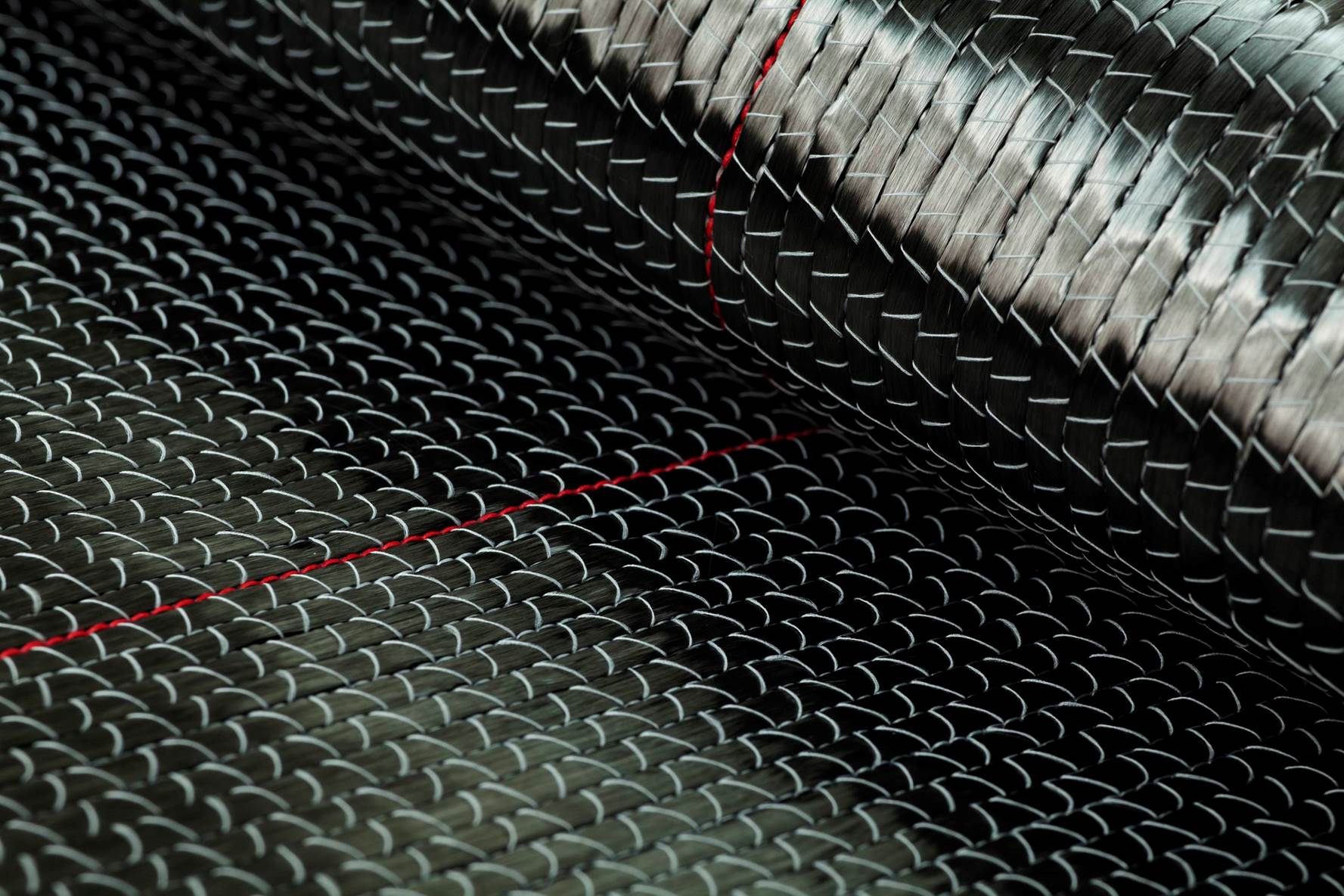
Hexcel plans to launch a £7.4 million research and development project to develop carbon fiber materials for large aerospace and automotive composite structures.
The four-year Multi Axial Infused Materials (MAXIM) project has been backed by the UK Aerospace Technology Institute (ATI) and match-funded by the UK government’s Department for Business Energy and Industrial Strategy.
Many large aerospace composite parts are made from prepreg which requires converting the material into solid parts in autoclaves, Hexcel says. The MAXIM project will look into making new carbon fiber fabric forms and resins that can be made into parts without using autoclaves with the aim of forming complex metal structures, such as aircraft wings, more cost effectively and at faster production rates from composites.
Hexcel is expanding its plant in Leicester, UK, by installing a machine for carbon non-crimp fabrics development and lab equipment for research into this technology.
‘Investment in this project in Leicester will allow Hexcel to advance key Out of Autoclave technologies that can provide a step change in the cost-effective production of composite parts for commercial aircraft and passenger cars,’ said Hexcel’s Thierry Merlot, president. ‘The project will support the development of new materials that the aerospace industry in particular can adopt with confidence to meet the high build rate requirements for future programs.’
This story is reprinted from material from Hexcel, with editorial changes made by Materials Today. The views expressed in this article do not necessarily represent those of Elsevier.


